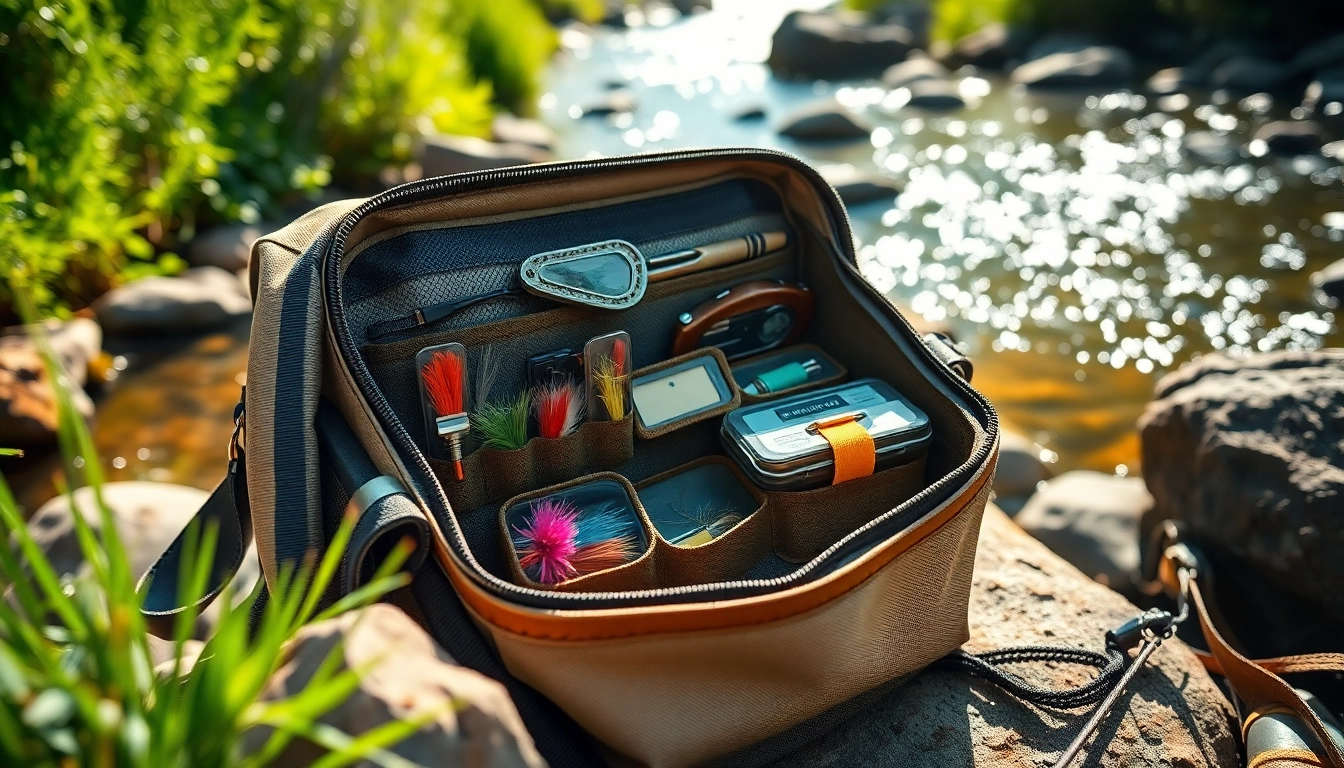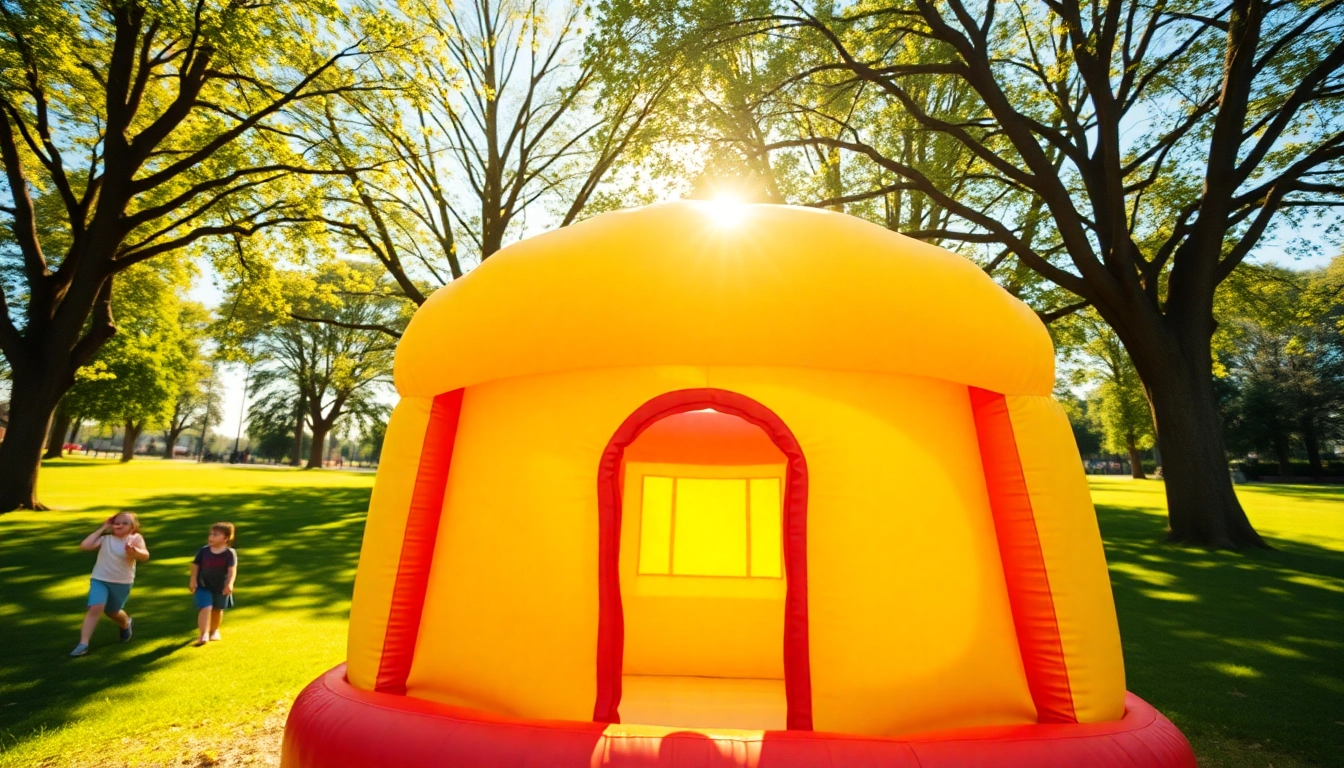Understanding the Essentials of a Fly Fishing Bag
For avid anglers, a well-designed fly fishing bag is more than just a container for gear; it is an essential tool that enhances the overall fishing experience. The right bag can not only keep your equipment organized but also ensure that everything is accessible when needed. In this guide, we will explore the various aspects of fly fishing bags, their features, size requirements, versatility beyond fishing, maintenance tips, and how to choose the best one for your style.
What Makes a Fly Fishing Bag Different?
A fly fishing bag is specifically designed to accommodate the unique needs of fly anglers. Unlike traditional tackle boxes, these bags often incorporate features tailored to the types of gear fly fishermen use, such as fly boxes, leaders, tippets, and other smaller accessories. The primary design focus is on organization, ease of access, and portability.
Key Features to Look For
When selecting a fly fishing bag, it’s crucial to consider the features that matter most for your fishing style. Here are some key attributes:
- Compartments and Pockets: Look for multiple compartments of various sizes to store different types of gear. Pockets can hold small items like flies, tippet spools, and tools.
- Water Resistance: Given the wet environments associated with fishing, choose a bag with waterproof materials or coatings to protect your gear from moisture.
- Comfortable Straps: Opt for a bag with padded, adjustable straps, especially if you plan to carry it for long periods.
- Reinforced Bottom: Bags with a durable, reinforced bottom can provide stability and protection against rough terrain.
Common Materials and Their Benefits
The materials used in fly fishing bags greatly influence their overall performance, durability, and appearance. Common materials include:
- Polyester: A popular choice due to its lightweight, water-resistant qualities.
- Nylon: Known for its strength and durability, nylon bags often provide additional water and tear resistance.
- Canvas: While heavier, canvas offers durability and a classic outdoor aesthetic.
Evaluating Size and Capacity of Your Fly Fishing Bag
Choosing the right fly fishing bag size is critical to ensuring your fishing trips are successful and stress-free. An improperly sized bag can lead to either excessive space, resulting in disorganization, or cramped quarters that inhibit access to your equipment.
Choosing the Right Size for Your Gear
Assess the amount of gear you typically carry before choosing a bag. A small, compact fly fishing bag may be sufficient for short day trips, while larger bags with increased capacity are better suited for extended excursions. Consider the weight of the bag when loaded, as a particularly heavy load could become cumbersome over time.
Best Practices for Packing Your Fly Fishing Bag
Effective packing of your fly fishing bag can greatly enhance your fishing experience. Here are some best practices:
- Prioritize Accessibility: Store frequently used items, like leaders and flies, in outer pockets or compartments you can easily access.
- Group Similar Items: Keep related items together, such as flies in one compartment and tools in another to streamline your organization.
- Check Weight Distribution: Ensure that heavier items are placed closer to your back when carrying the bag to maintain balance.
Organizational Tips for Easy Access
To streamline your fishing experience, consider creating a system for how you pack your bag:
- Use Labels: Label compartments or use color-coded containers to identify different types of gear easily.
- Regular Inventory Checks: Before each trip, ensure that your bag is stocked with essential items and that everything is organized.
- Packing Cubes: Consider using packing cubes to keep smaller items organized and easily accessible.
Versatile Uses of a Fly Fishing Bag Beyond Fishing
A quality fly fishing bag offers versatility that extends beyond the riverbank. Understanding these alternate uses can help you maximize your investment.
Hiking and Outdoor Adventures
Many fly fishing bags are designed with rugged materials and features that make them suitable for hiking or camping trips. The organizational aspects can be valuable for carrying camping supplies, snacks, and survival gear, making these bags perfect companions for any outdoor adventure.
Travel and Storage Solutions
When traveling, a fly fishing bag can also serve as an excellent storage solution for clothing, personal items, or electronics. Their compartmentalized design keeps your belongings organized and helps protect them from damage during transport.
Customizing Your Bag for Different Activities
Consider personalizing your fly fishing bag to suit specific activities. Adding removable pockets or specialty organizers can enable you to tailor the bag for various uses, ensuring maximum utility for all your outdoor ventures.
Maintaining and Caring for Your Fly Fishing Bag
Proper maintenance of your fly fishing bag is essential for its longevity. Taking care of your equipment not only improves performance but also extends the life of your bag.
Cleaning Tips for Longevity
Regular cleaning helps maintain the material integrity of your bag. Here are some cleaning tips:
- Read Care Labels: Always check the manufacturer’s care instructions when cleaning your bag.
- Use Mild Detergents: Use a soft cloth and mild soap to clean the exterior and interior of the bag.
- Avoid Harsh Chemicals: Steer clear of bleach or harsh detergents that can break down materials.
Repairing Common Wear and Tear
Despite careful use, wear and tear can occur. Learning how to make minor repairs can save you money and extend the life of your fly fishing bag:
- Patching Holes: Use fabric patches or sewn repairs for small rips and holes.
- Replacing Zippers: If the zipper malfunctions, replacement zippers can often be added without too much trouble.
Storing Your Bag Properly During Off-Season
When the fishing season comes to an end, proper storage of your fly fishing bag is essential:
- Clean Before Storing: Always clean and dry your bag before putting it away to prevent mold and odors.
- Avoid Humid Places: Store your bag in a cool, dry location to prevent material degradation.
- Use a Dust Cover: If possible, cover your bag with a dust cover to protect it from dust and scratches.
Choosing the Right Fly Fishing Bag for Your Style
Your choice of fly fishing bag should reflect not only your style of fishing but also your personal preferences. Taking time to assess your needs can dramatically improve your fishing experience.
Understanding Different Styles and Designs
Various styles of fly fishing bags cater to different needs:
- Shoulder Bags: Ideal for day trips, allowing easy access while maintaining mobility.
- Backpacks: Perfect for longer excursions where you might need to carry more gear comfortably.
- Waist Packs: Great for on-the-water convenience, keeping necessary items within easy reach.
Brand Comparisons and Features
While specific brands aren’t discussed, it’s important to compare different options. Look for features that suit your personal preferences, such as built-in rod holders, insulated pockets for cold drinks, or additional loops for the attachment of tools.
Personalizing Your Fly Fishing Bag
Customization is key to making your fly fishing bag truly yours. Consider adding personal touches such as name tags, custom patches, or removable organizers tailored to your specific gear.










Leave a Reply